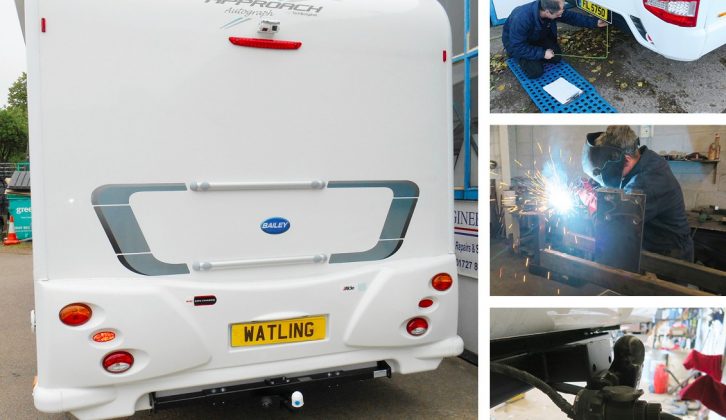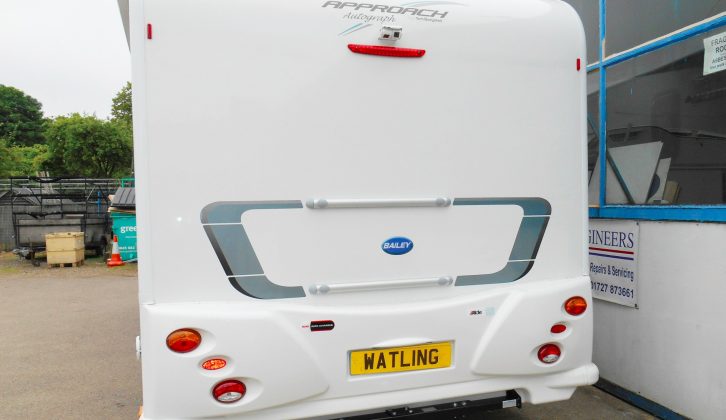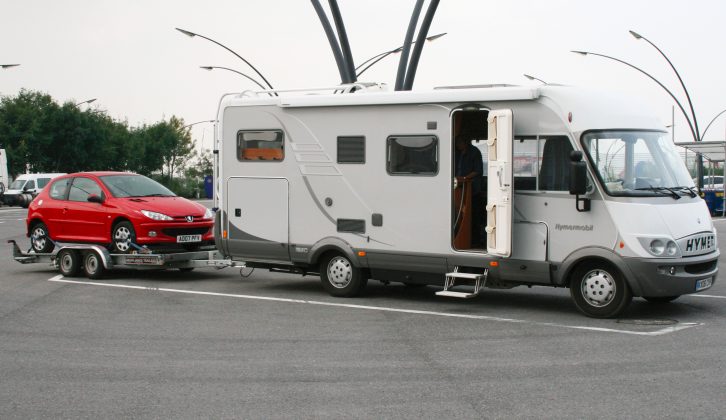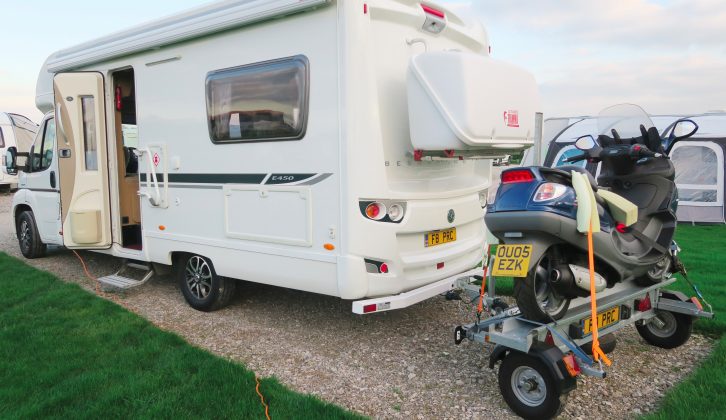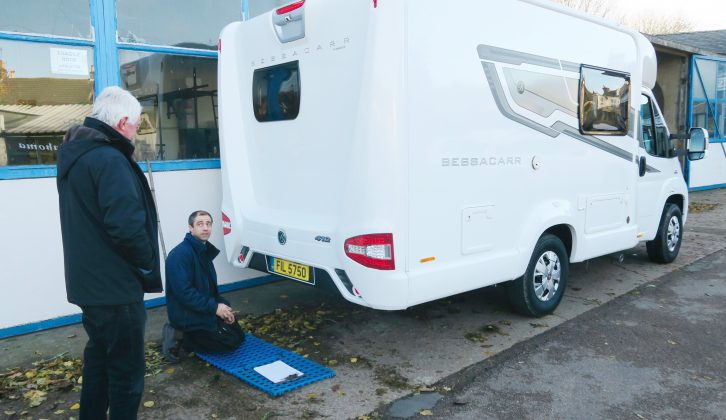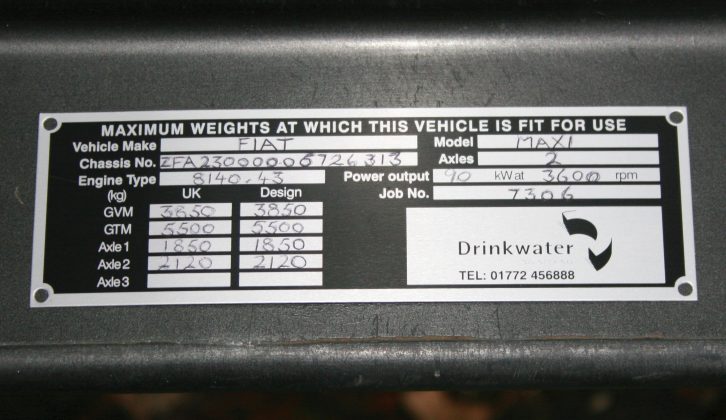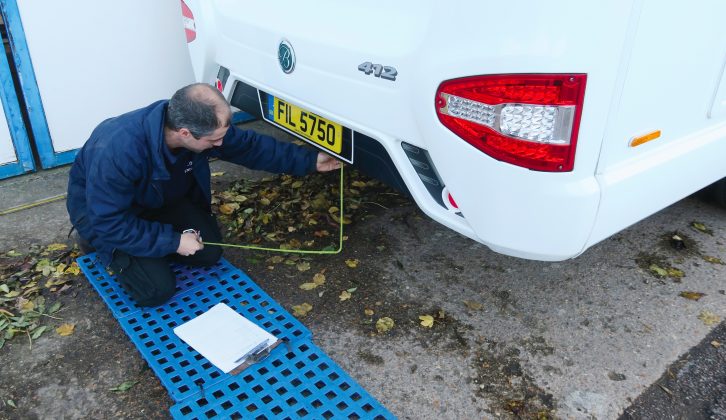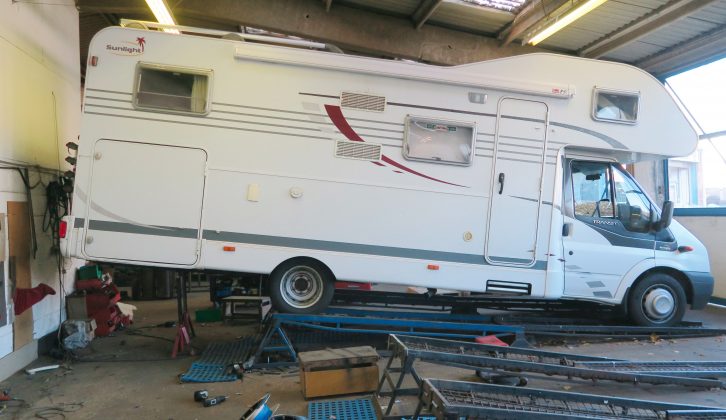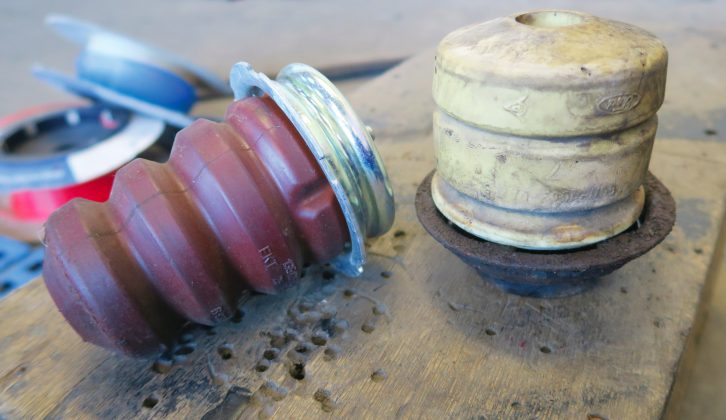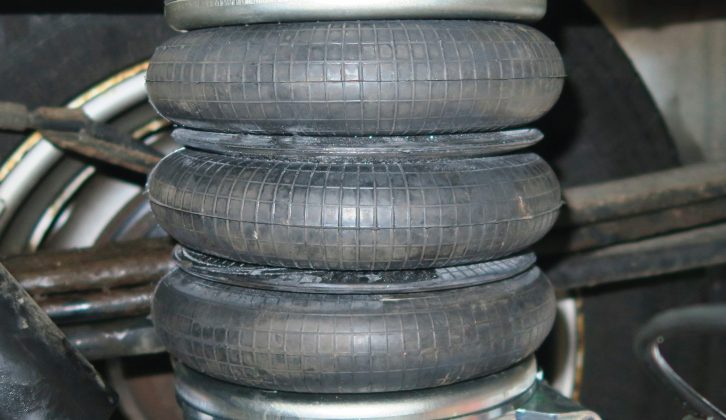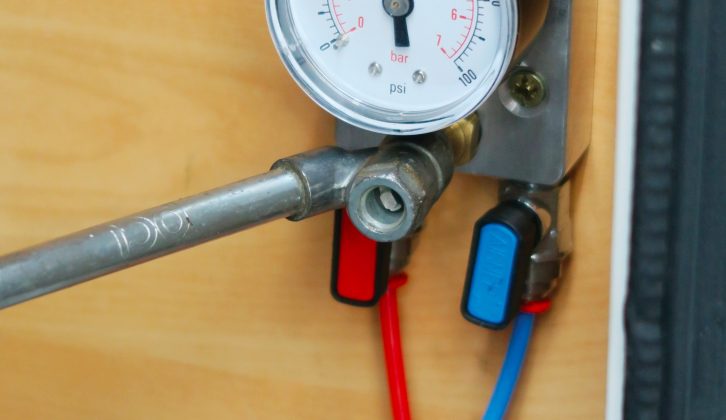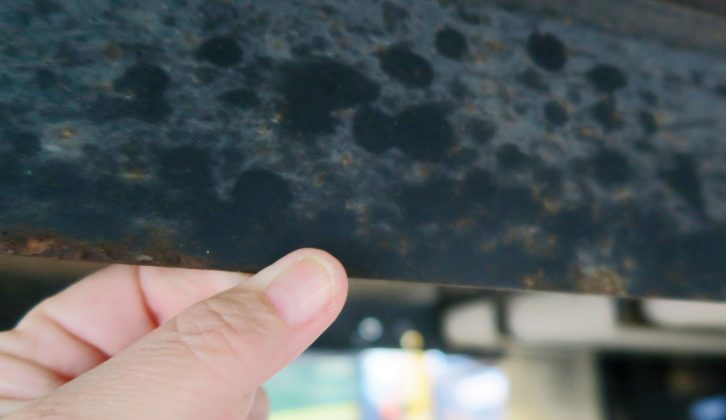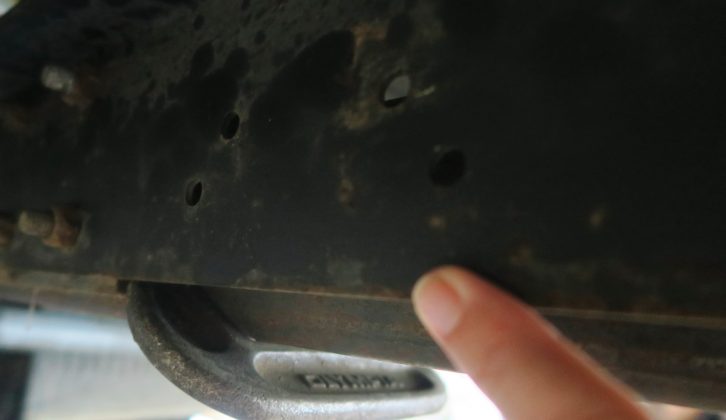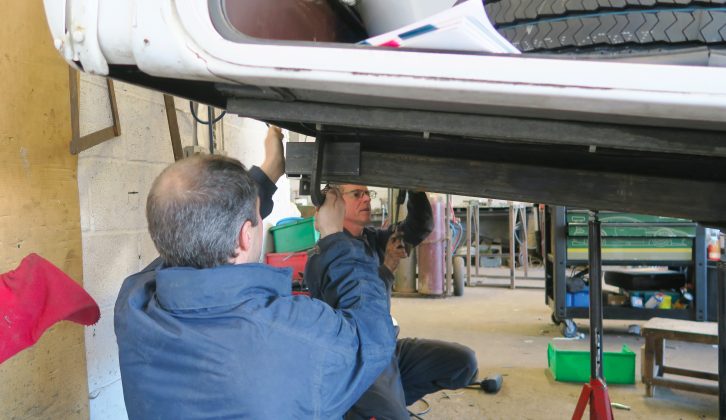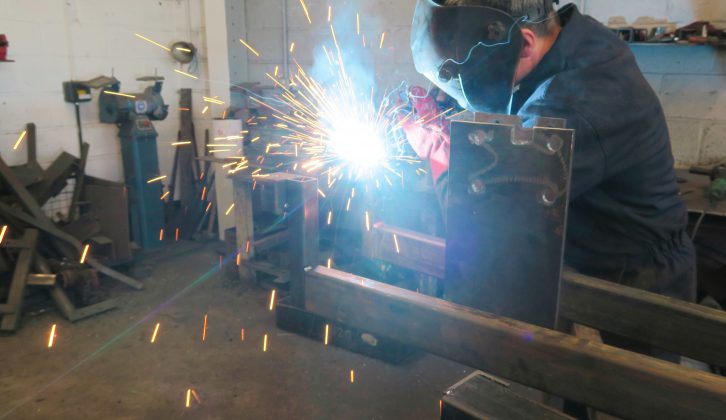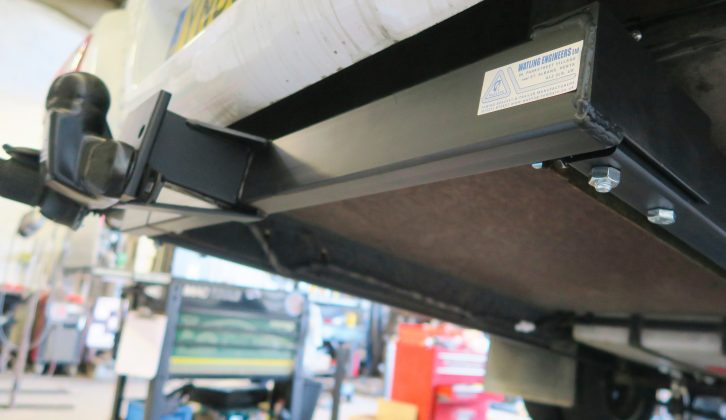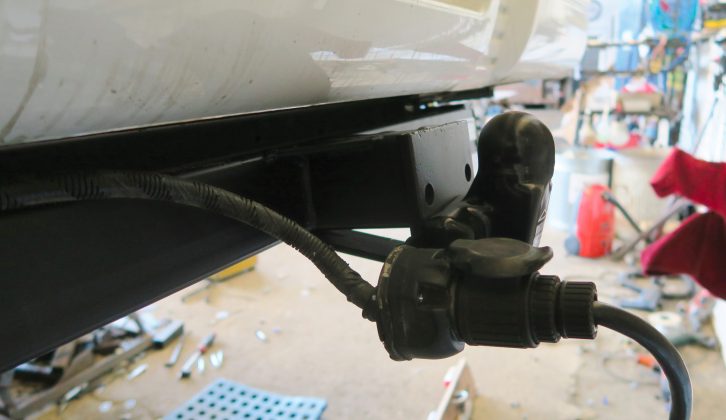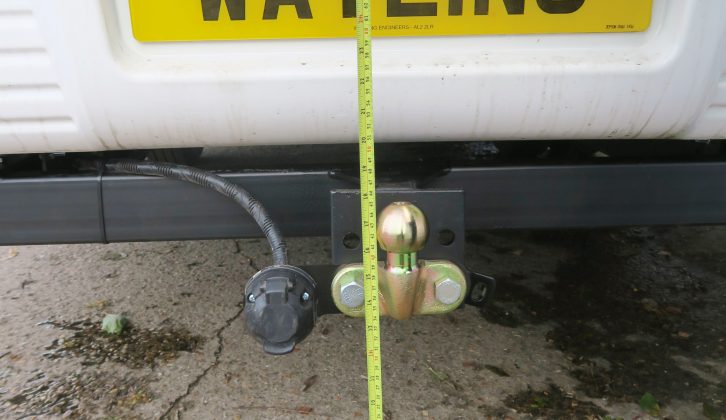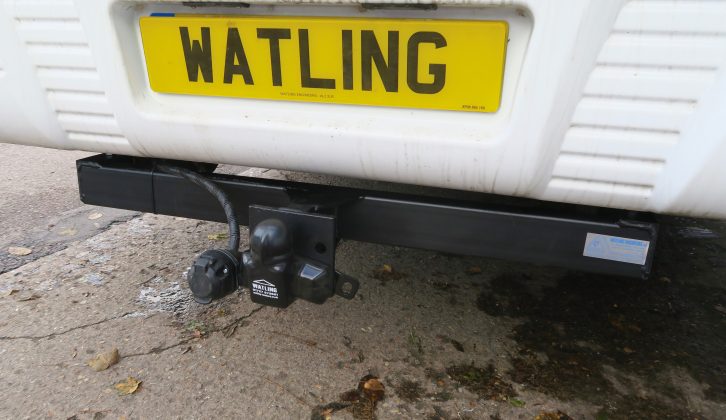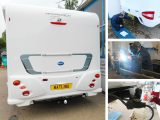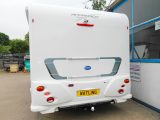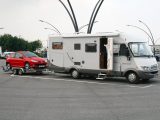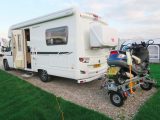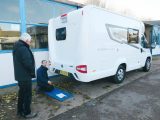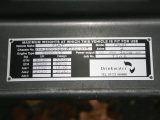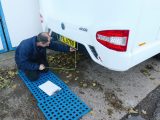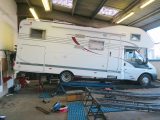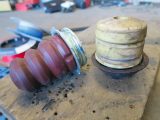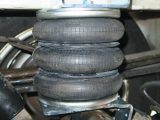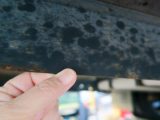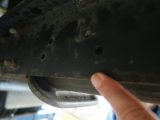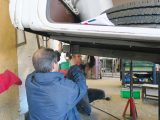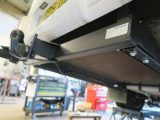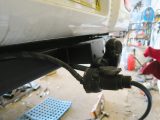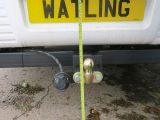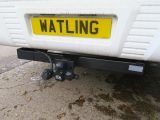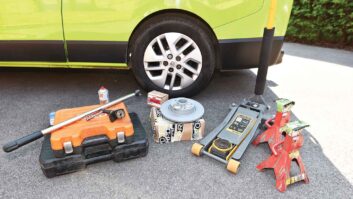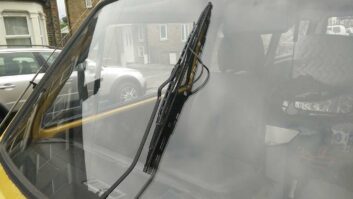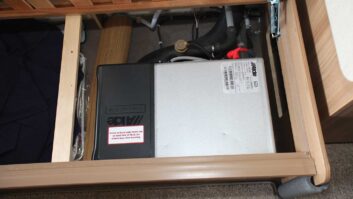It’s becoming popular for motorhome owners to add extras such as car trailers, bike racks or motorbike trailers to their outfit, meaning that a towbar has to be fitted.
So in this article we look at how to fit a towbar to a motorhome and how to maintain it.
However, the installation is quite a complicated process, and not entirely the same as having a towbar fitted to a car.
How old is your motorhome?
The make, model and year of the ’van will determine the type and method of fitting required.
Any motorhome registered from 2012 onwards must have an EC Type Approved towbar installed.
Motorhomes registered before that date may need a ‘made to measure’ towbar.
Another point to bear in mind is that it’s not always possible to transfer a towbar from one motorhome to another.
Even if you stick to one make, models can vary on a yearly basis.
See a specialist
Before you buy your ’van, it’s worth checking that it can be fitted with a towbar.
A quick look underneath the rear section will identify potential obstructions, such as water tanks, a spare wheel, waste pipes and so on.
If you are unsure about this and want a professional opinion, it is advisable to arrange an appointment with a towbar specialist.
For help in choosing a well-qualified installer, the National Trailer and Towing Association (NTTA) has established a national list of Quality Secured Accredited Towbar Centres.
These can be found on the NTTA website – each centre undergoes rigorous annual scrutiny for its listing.
Weights
One of the key weights you need to check is the gross train weight (GTW) of the motorhome, which can be found on the vehicle’s data plate or in the base vehicle’s handbook.
The GTW is the combined weight of the laden towing vehicle and its loaded trailer, and must not be exceeded – visit your local weighbridge to verify these figures.
Another very important consideration is the rear axle weight. Th e more you load onto the back of a motorhome, the more weight there is on the rear axle, creating a seesaw effect.
You must not exceed the maximum axle weight, as displayed on the vehicle’s data plate or in the owner’s handbook.
Again, a visit to a weighbridge may be required to establish this.
Towbar fitting
Once you have decided what you would like to use a towbar for, and established that your motorhome is capable of having a towbar, you need to get it fitted.
For the purposes of this article, we visited Watling Engineers in St Albans, Hertfordshire, and then shadowed the team, who were working on a 2009 Dethleffs Sunlight based on a Ford Transit chassis.
This vehicle was being fitted with a bespoke towbar, plus supplementary air suspension to improve the ride and prevent the rear from sagging – this ’van has a long overhang!
Towball maintenance
If a towbar is looked after carefully it should require little maintenance, but there are a few points to bear in mind after its installation.
For example, when your towball is first fitted, if you are using a hitch with friction pads it is advisable to sand down the paint on the towball using a fine emery cloth – any debris or paint remaining will contaminate the pads.
The towball should only be cleaned using products such as brake cleaner or white spirit, to remove any grease deposits.
Rust does build up on the towball over time, so it’s best to remove this using a fine emery cloth.
But using a towball cover is even better, because it will help prevent the accumulation of rust.
Summary
Everything written so far presumes that you have checked the weight data of your motorhome, you understand the towing restrictions relating to your GTW limit, you’ve been to a weighbridge to get factual weight information, and you are prepared to invest in a towbar.
Everyone’s requirements are different – motorhomes and support cars are also different – so it really is worthwhile doing some research before spending your money.
One final point: towing with a motorhome can be a challenge, so talk to a few ‘tuggers’ before you embark on this project.
Everyone’s requirements are different, so it really is worthwhile doing some research before spending your money
